Essential Guidelines for Packing Air Freight
Packing is essential when transporting goods via air freight to ensure your items are safely carried without being damaged. Correct packing and labelling will also ensure the air carrier, and the ground crew, clearly understands if there are any restrictions around your cargo. This may include, for example, dangerous goods, ‘top load only’, fragile goods, or perishable items. It’s important to remember that any cargo movement within a package is at risk of being damaged during transit. The tighter the packing, the more secure it is, and so the less likely it’ll suffer damage on the journey.
Top Tips for Packing Your Goods for Carriage as Air Freight
1. CARGO DIMENSIONS
Freighter Aircraft
Cargo can be shipped in a unit load device (ULD), as a palletised shipment. on a freighter aircraft.
The maximum dimensions for standard air freight are 224cm x 317cm.
You can certainly transport longer or wider cargo, but these may need to be packed on special equipment, please refer your local Cargo Agent.
Click here to see our Cargo Agents Contacts.
Where your Suppliers pack on pallets, please ensure they use:
Pallet size 120cm x 100cm
(avoid 117cm x 117cm – these require repacking to suit our aircraft)
B737-300F – Maximum Height 198cm (with restrictions of contour – see Cargo Agents for further details)
B737-800F - Maximum Height 198cm (with restrictions of contour – see Cargo Agents for further details)
Passenger Aircraft
Freight can be shipped as loose cargo when shippling via standard air freight on a passenger aircraft.
Maximum weight 60kg
B737-300 – Maximum Height 86cm
B737-700 – Maximum Height 86cm
B737-800 – Maximum Height 86cm
2. SECURITY REGULATIONS
Air freight security regulations define that your cargo must be examined before export.
Your cargo may be inspected, as a piece-level examination – where each individual box, carton or other item is inspected by a Regulated Air Cargo Agent (RACA).
Ensure you declare an accurate description of goods for carriage as air freight.
1. Customs Compliance: Accurate descriptions help ensure compliance with customs regulations, preventing delays and penalties. A false declaration could lead to a customs infringement penalty, civil proceedings and/or a criminal offence.
2. Safety: Providing precise details helps handlers identify any hazardous materials, ensuring safe handling and transport.
3. Efficiency: Clear labelling expedites processing and reduces the risk of mismanagement or loss during transit.
3. USE STURDY PACKING
1. Use Sturdy Boxes for Air Cargo: Select high-quality corrugated cardboard boxes for packing. Double-walled or triple-walled boxes, which consist of multiple layers of corrugated cardboard, are ideal for added strength and durability. These boxes are robust enough to be stacked and offer excellent protection for your goods, especially for fragile items.
2. Labelling Space on Boxes: Ensure that your boxes have ample space for labelling.
- Use plain boxes without any brands, logos, or visible branding from previous content or weight. This reduces the risk of theft and confusion.
- If reusing a box, make sure to remove all previous hazard labels to prevent any delays.
It is acceptable to use original manufacturer packaging.
3. Individually Wrap Items and Use Void Fillers: To protect your cargo during transit, wrap each item individually. Use void fillers such as foam peanuts or bubble wrap to prevent movement and damage while in transit.
4. Consider Weight Restrictions: Be aware of the weight limitations set by the aircraft used for transport. These restrictions depend on the aircraft's maximum take-off weight (MTOW), so check the limits before packing your cargo.
5. Guard Against Moisture Damage: Account for factors that might cause moisture damage, including humidity, leaks, or temperature fluctuations. Use moisture-resistant packaging and materials to keep your cargo safe during transport.
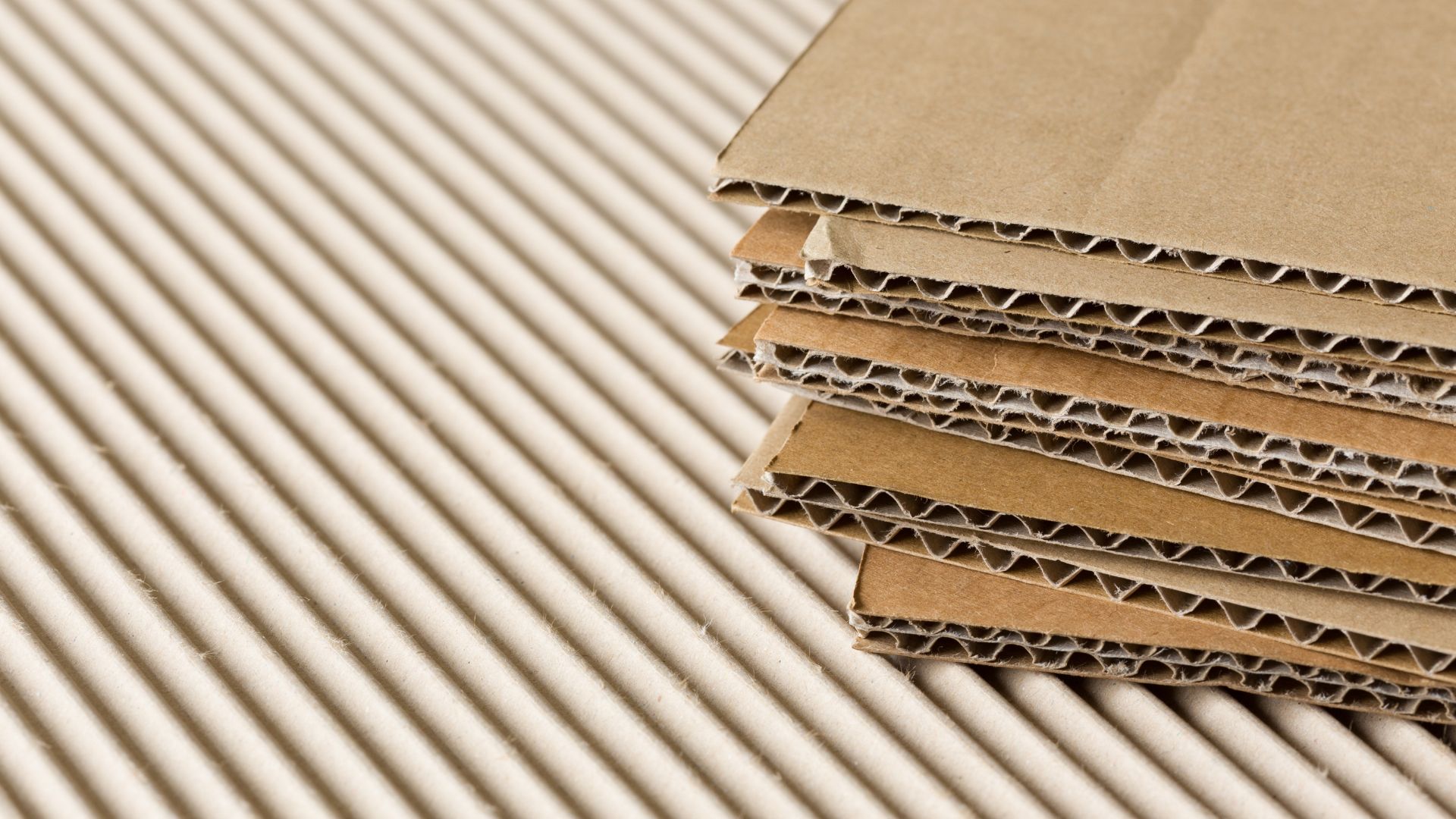

PACKAGING THAT IS NOT ACCEPTABLE
Open topped boxes, cardboard, styrofoam, or plastic, such as fruit and vegetable boxes. These boxes MUST have a lid, and be shrink-wrapped to prevent spillage and/or damage to contents
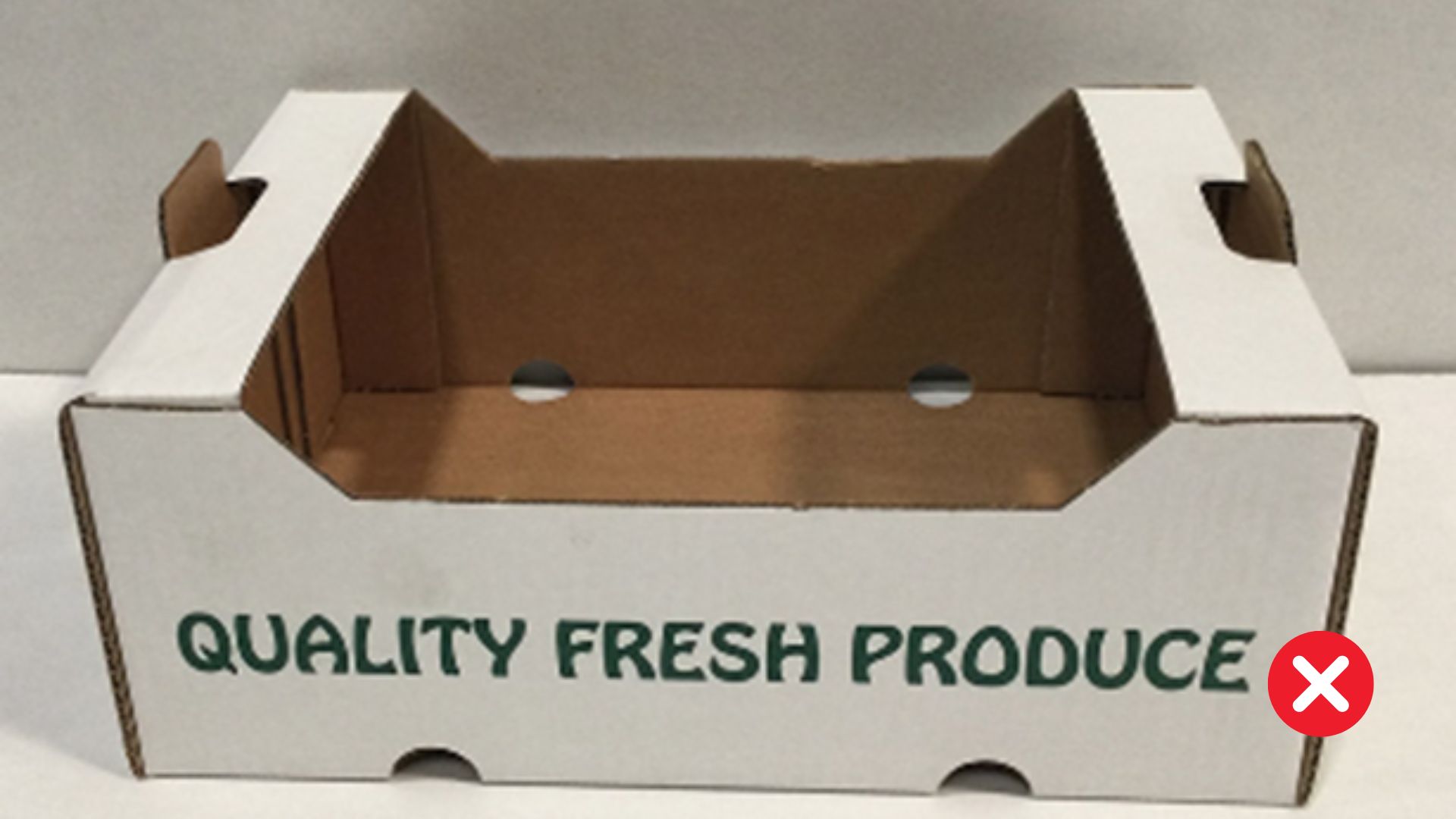
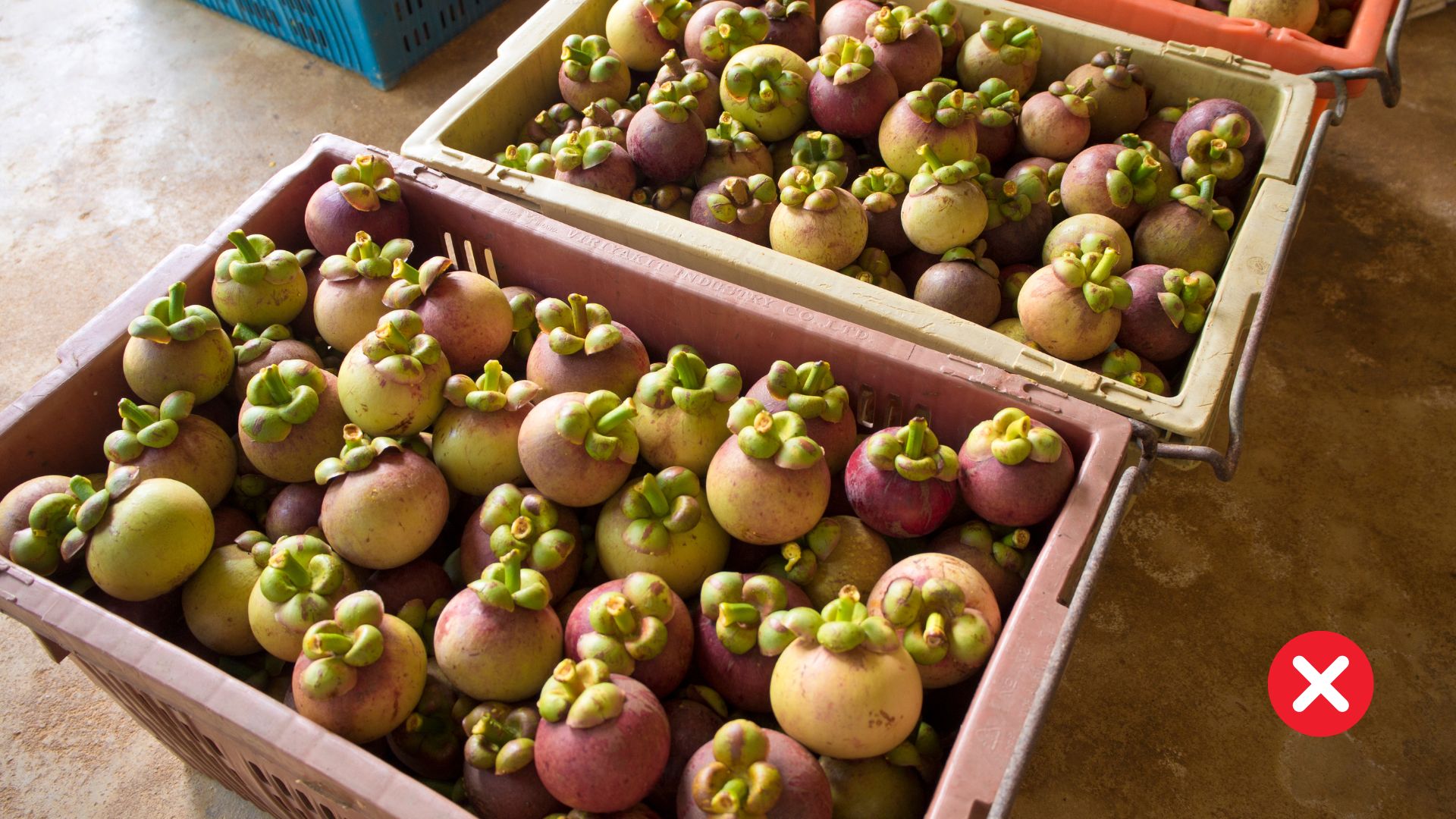

Unboxed items are at greater risk of damage. They can shift, collide with other cargo, or get harmed due to improper handling or turbulence during the flight, posing safety risks for both the cargo and the aircraft. Whenever possible, use original manufacturer packaging or sturdy boxes. While some items may not come with a box, it's crucial to have appropriate packaging to protect them during transit. This includes using end caps for poles, among other measures.
.jpg)
.jpg)
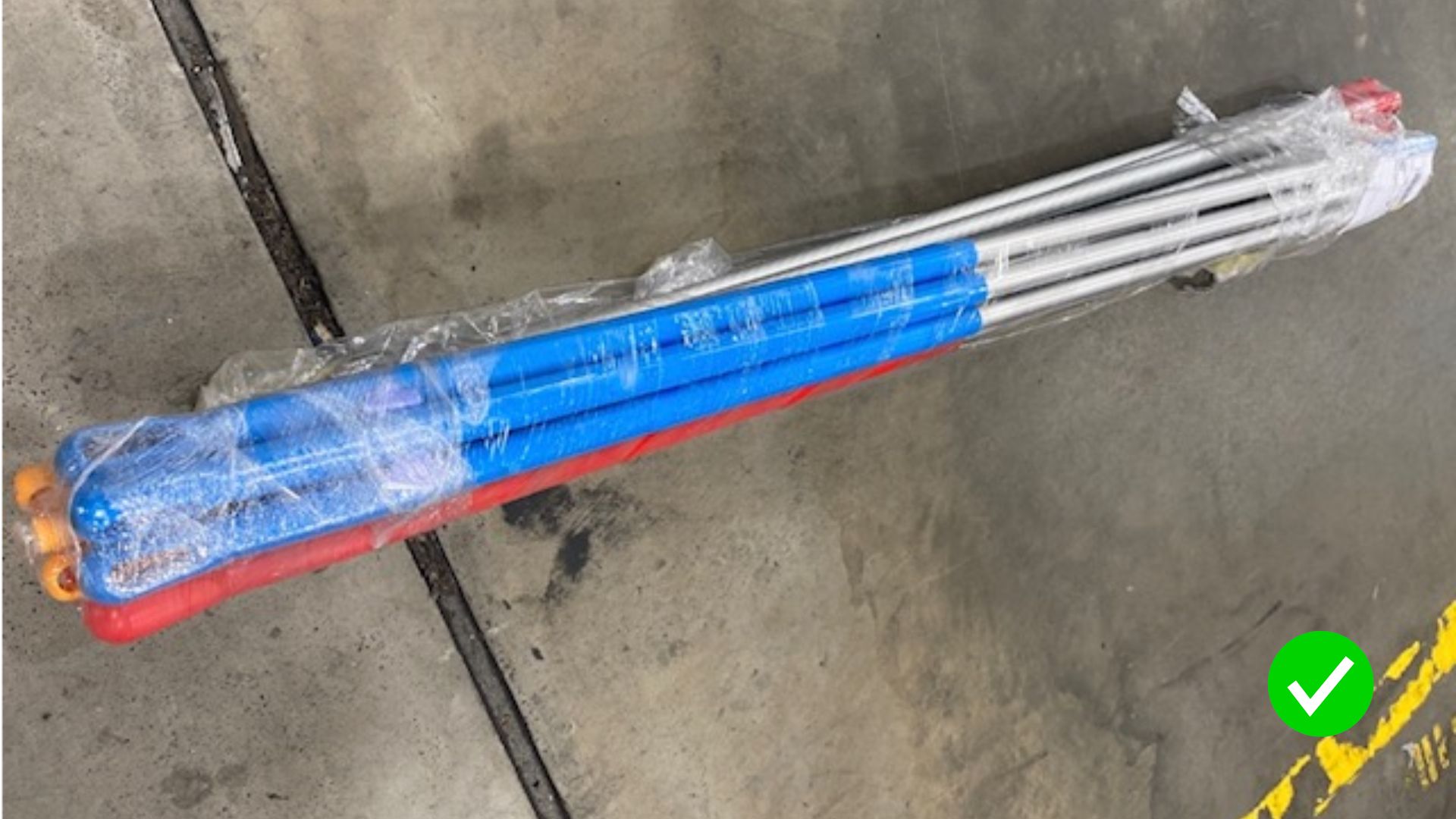
Items wrapped in black plastic – are unsuitable for cargo transport due to several reasons.
1. Security: The lack of visibility makes it difficult to inspect the contents, raising security risks.
2. Regulations: Black plastic wrapping can hinder proper inspection, potentially violating transportation regulations.
3. Structural Weakness: Plastic wrapping lacks the support that boxes or crates offer, increasing the risk of damage during transit.
4. Increased Damage Risk: Plastic is prone to tearing, leading to potential damage to the wrapped items and surrounding cargo.
5. Poor Stacking: Plastic-wrapped items are less stable, leading to inefficient stacking and loading.
6. Labelling Issues: Black plastic can obscure important labels, resulting in handling or routing errors.
Overall, proper packaging with clear labelling and structural support is required to ensure safe and compliant cargo transport.
If goods are presented with insufficient or incorrect packaging, the responsibility lies with the sender, not the carrier or Cargo Agent.
To obtain packaging materials, contact your local Cargo Agent. Please note that this will incur additional charges.
Click here for Cargo Agent contact details.
4. USE A TAPE GUN (AND HIGH QUALITY PACKING TAPE)
1. Secure your cargo in packaging using strong, high-quality packing tape.
2. Use tape made of good material and design to ensure proper adhesion.
3. Avoid using poor-quality tape, as it may lose stickiness during transit, increasing the risk of boxes falling apart.
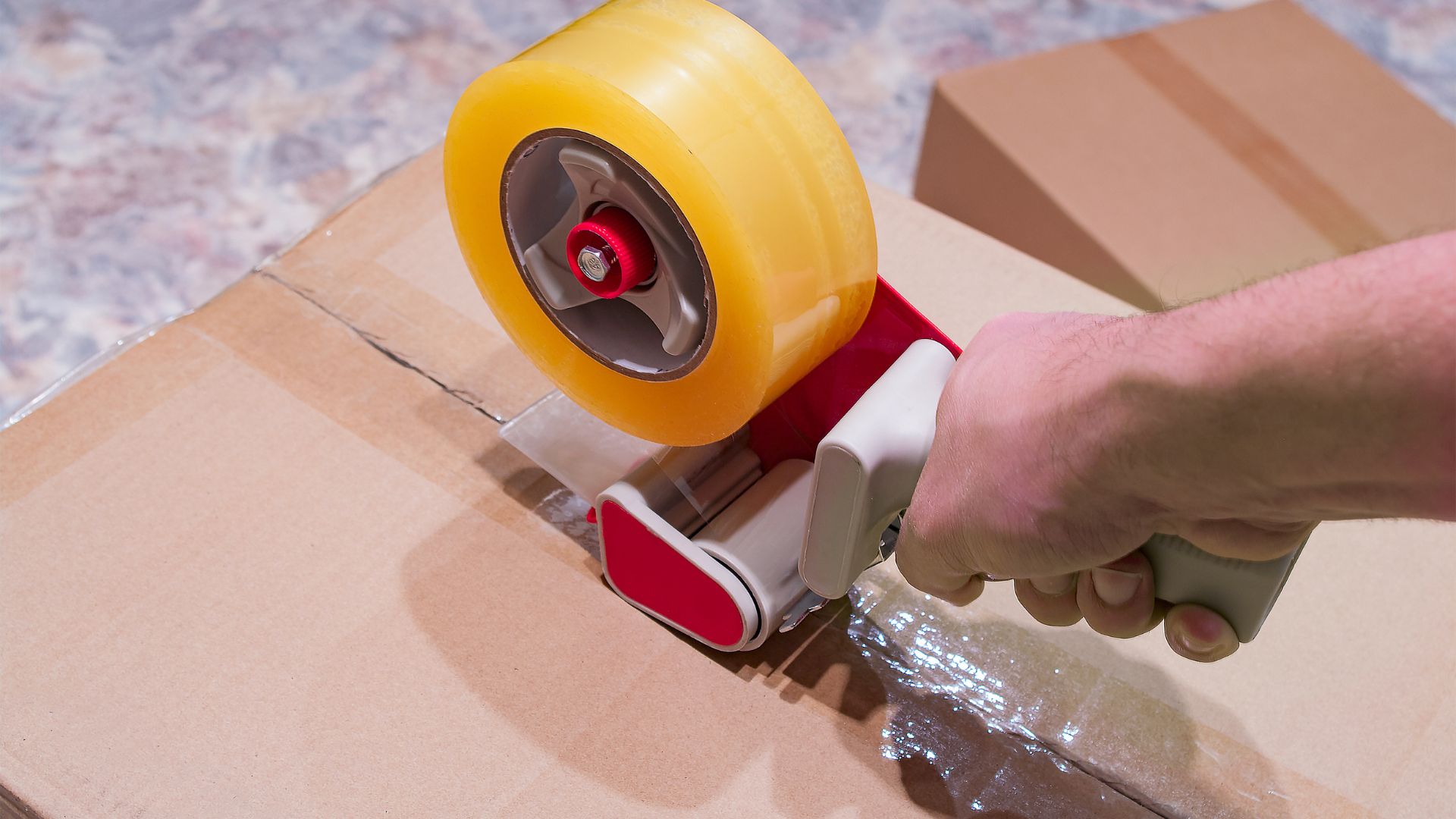
5. LABEL CARGO CLEARLY
It is critical that you are completely across the labelling requirements of each type of cargo you are sending overseas.
1. If your items are fragile, top load only, or perishable, clearly label these details on the packaging.
2. Dangerous goods must be labelled according to international regulations. Please refer to a Dangerous Goods Specialist.
3. If your cargo is classed as hazardous, labelling and documentation requirements are based on the classification of your cargo and become a lot more comprehensive. These goods must be accompanied by an accurate Material Safety Data Sheet (MSDS) (available from the manufacturer) – often referred to as a Safety Data Sheet or SDS – as well as a Dangerous Goods Declaration and M041.
Be aware of hidden dangerous goods in everyday items that are a concern for air travel due to the potential risks they pose.
Many common items, such as batteries, battery powered devices, aerosols, mobile phones, perfume, and certain chemicals, can be hazardous if not properly handled or declared.
It is essential to be aware of these hidden dangers and understand the regulations surrounding their transportation.
Failure to declare or handle these goods appropriately can lead to serious safety hazards, including fires, explosions, or chemical leaks.
Therefore, the sender should take precautions to identify and disclose any potentially dangerous items they are carrying.
Dangerous Goods that MUST be declared:
- Mobile phones
- Fireworks, ammunition, sporting ammunition, fireworks, or explosives
- Cylinders of compressed air oxygen or liquid petroleum gas (LPG) any type of
- Aerosol can. (E.g. deodorant, shaving cream, hair spray, paints etc.)
- Camping stoves, Cigarettes/Pipe lighters, or Cigarette lighter refills
- Nail Polish, colognes, perfumes, paint, fuel or paint thinners
- Matches
- Dry Ice, Specimens or Samples
- Detergents, bleaches, drain or oven cleaners
- Fibreglass repair kits, adhesives & puncture repair kits
- Medicines containing alcohol
- Any type of chemical pesticides, herbicides etc.
- Camping Equipment
- Diving Equipment
- Machinery with internal combustion engines such as chainsaws,
- lawnmowers or garden trimmers
- Any electrical items containing batteries

What happens if your cargo is not packaged correctly?
If your cargo is not packed properly, there’s a risk that:
- Your cargo will be damaged
- Your cargo will be unsafe for transportation
- Your cargo may be rejected by the Carrier and/or Cargo Agent, causing expense and delays for you.
Our goal is to ensure your cargo reaches its destination intact, and we need your assistance to make this happen, giving you peace of mind as it travels through the skies
For freight enquiries, please complete the form below, or email our team freight@nauruairlines.com.au

